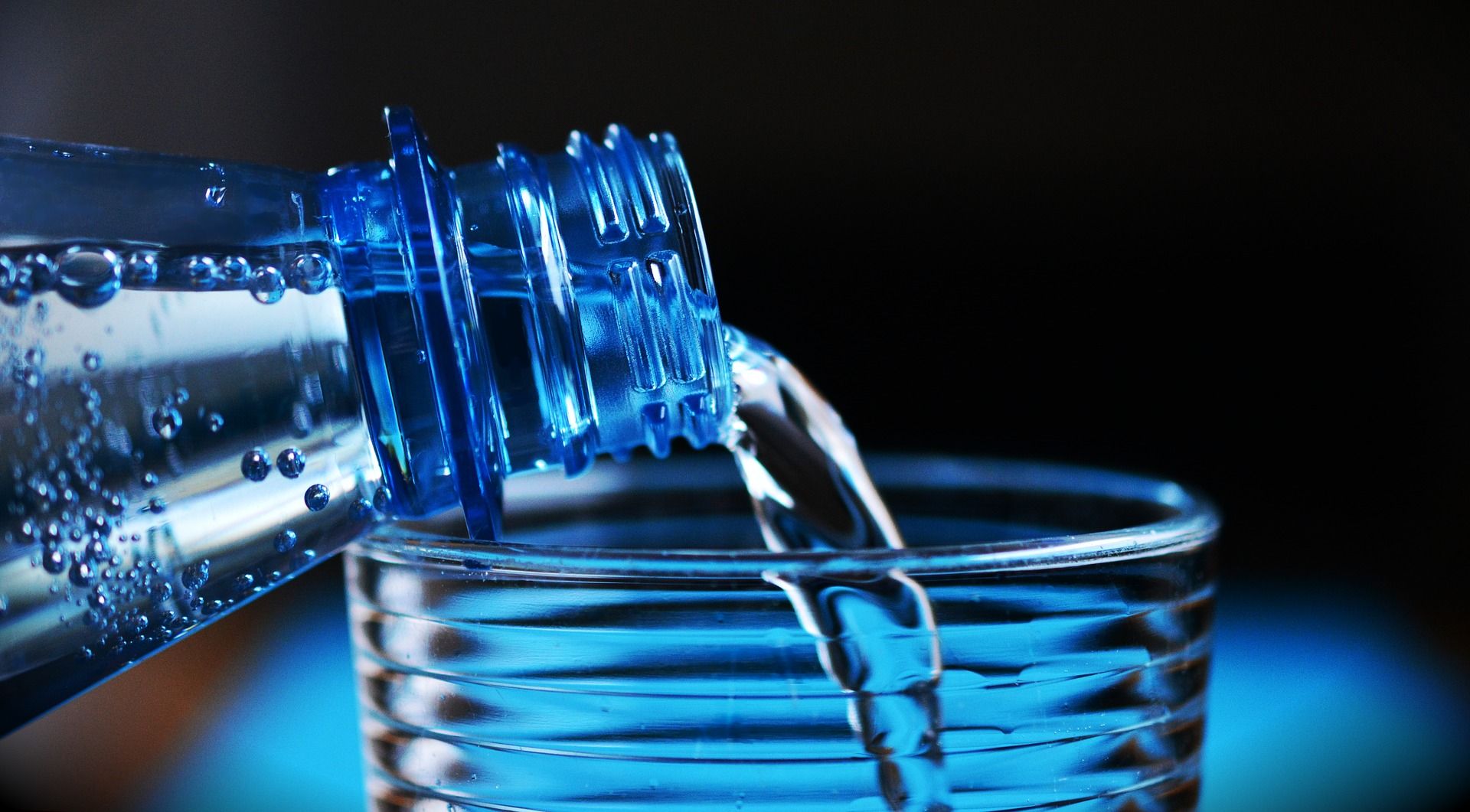
Bottled water is often sold to consumers on the basis of its supposed purity. However, every time you consume the drink, you may be ingesting thousands of tiny pieces of plastic waste, according to a major new study conducted by researchers at the State University of New York at Fredonia.
The research—which was commissioned by nonprofit journalism organization Orb Media—found that 93 percent of 259 bottles from 11 leading international brands were contaminated with plastics, such as polypropylene, nylon and polyethylene terephthalate (PET).
This contamination comes in the form of tiny particles called microplastics—which originate from a variety of sources, including clothing, industrial processes, cosmetics, packaging and the degradation of larger plastic items.
"With the rise in plastics manufacture, there has been an associated rise in plastic pollution of the external environment, most famously within the world's oceans," the authors wrote in the study. "But more recently plastic pollution has been found within freshwater lakes, inland seas, rivers, wetlands and organisms from plankton to whales (and nearly every species in between)."
The researchers found a huge variation in the quantity of plastic in each bottle, ranging from zero particles to more than 10,000 in single container. Based on their results, they concluded that the global average was 325 particles per liter. Ninety-five percent of these particles are between 6.5 and 100 micrometers in size, although some are larger. To give some context, 100 micrometers is about the width of a human hair.
"Some bottles had very high concentrations of particles per liter, and others had very low concentrations," Dan Morrison, author of the Orb Media report, told Newsweek. "That was as notable a result as the numbers themselves. Among bottles purchased in the same case, one could have a very high number of particles and the bottle sitting next to it could have a very low number of particles."
To identify the microplastics in the bottled water, the team used a screening technique known as Nile red tagging, which was pioneered by scientists at the University of East Anglia (UEA), in the U.K.
This method involves the use of a fluorescent Nile red dye which absorbs onto plastic surfaces. The dye is applied to the water samples, which are subsequently irradiated with blue light. The researchers then view the samples through a microscope while wearing orange goggles, through which any plastic particles appear to glow brightly. The particles can then be counted.
To ensure geographic diversity, the samples came from 19 locations in nine countries across five continents, including the United States, Brazil, China, Indonesia, Kenya, Lebanon, Mexico and Thailand.
The scientists say it is unclear exactly where all the plastic particles are coming from, however, the results suggest that the bottle manufacturing process is, at least, partly responsible.
"For the particles larger than 100 micrometers—the bigger particles—more than 50 percent of those were polypropylene, which is the material from which most bottle caps are made," Morrison said.
However, some of the particles may be coming from the original water source, according to Andrew Mayes, one of the developers of the Nile red technique from UEA's School of Chemistry, who was not involved in the new study. In the case of some brands, this original source may simply be unfiltered municipal tap water.
Mayes said in a statement that the latest research is "the largest and most comprehensive study of water I know of to date. We are becoming increasingly aware of microplastics in the environment and their potentially harmful effects, but their prevalence in other areas has been much less studied. They have been reported in tap water, beer and many other foods, but I think that people will be surprised that almost all bottled water appears to be contaminated too."
He added that the scale of the bottled water market is one of the main issues. "It creates so much waste, which itself feeds into the environmental problem, whether or not the microplastics in bottled water turn out to be harmful to us."
Given that millions of people around the world drink bottled water every day, the implications for human health could be huge. However, research into the impact of microplastics on the body is seriously lacking, according to Morrison.
"Across the board researchers that we interviewed said that there is a near absolute dearth of research that could indicate to you what the health risks to a human being might be through daily consumption of microplastics," he said. "It could impact your health in a way that's marginal or it could impact your health in a way that does matter."
One study, for example, conducted by the European Food Safety Authority in 2016, found that as many as 90 percent of microplastics consumed through seafood passed straight through the body, while some made their way into the bloodstream. The impact of these particles once they enter the bloodstream though remains unclear.
In light of the recent findings, the World Health Organization has announced that it will be conducting a review into the potential risks posed by microplastics in drinking water, according to the BBC.
The Orb Media report notes that the bottled water manufacturers have stressed their products are safe and have met all government requirements. "We stand by the safety of our bottled water products," the American Beverage Association said in a statement.
Meanwhile, Nestlé— one of the brands analyzed for the study—said they had tested six bottles from three locations after an inquiry from Orb Media, finding that they contained between zero and five plastic particles per liter, a much lower figure than the results of the new study showed. None of the other manufacturers agreed to make their test results public.
Frederic de Bruyne, Nestlé's head of quality management, told Orb that the researchers had not conducted tests in which biological substances were removed from the water samples, and therefore, some of the particles that appeared to be plastics may be false positives that the dye stained by accident. De Bruyne did not specify what these biological substances might be.
The researchers admit there is a small possibility that unknown contaminants could be skewing the numbers. In their tests, particles over 100 micrometers in size were confirmed to be plastic using both the Nile red method, as well as an additional technique known as Fourier-Transform Infrared Spectrometry (FTIR). The smaller particles in the 6.5 to 100 micrometer range, on the other hand, were confirmed to be plastic using only the Nile red method, due to the limitations of FTIR in identifying smaller particles.
However, they are confident these small particles are indeed plastics, suggesting that, if anything, the numbers reported were "very conservative" and likely undercounted.
Uncommon Knowledge
Newsweek is committed to challenging conventional wisdom and finding connections in the search for common ground.
Newsweek is committed to challenging conventional wisdom and finding connections in the search for common ground.
About the writer
Aristos is a Newsweek science reporter with the London, U.K., bureau. He reports on science and health topics, including; animal, ... Read more
To read how Newsweek uses AI as a newsroom tool, Click here.








